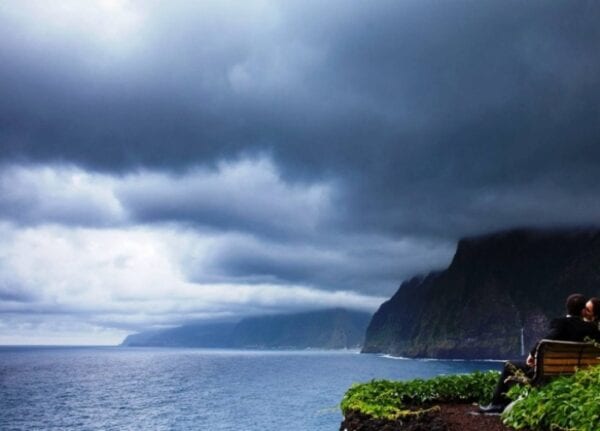 13, Апрель, 2016
13, Апрель, 2016Dragon Ridge off the coast of Barrika
Tourists planning to visit Spain, the first thing, of course, want to go to a bullfight. Visit every ancient city, and walk through the ancient streets, where you can find a great variety of architectural and cultural monuments. However, few people know that in Spain there is a city, which is called Barrick washed by the Bay of Biscay to the north.
In ancient times, everything was covered by the waters of the ocean. Today, tourists come here from all over the world and hearing about what they saw, it spreads along the ground with incredible speed. Some people called what he saw — «the Dragon Ridge.» And in fact such a huge interest among the tourists are turbidites. For many the question arises, what is it ???
Turbidite — it can be hard to tell the formation, which appeared from the sediment (such as sand-silt-yl it initially, and then the sandstone-siltstone-mudstone after conversion). Thus, at a depth due to the substances carried by turbidity current begin to appear rock formations called turbidites.
To date, not yet fully studied the formation of a phenomenon known as turbidite. We only know that it all begins with turbidity currents. They originate at the edge of the shelf, and then at the expense of gravitational energy are sent down the underwater canyons to the foot, and sometimes further to the abyssal plain.
Note that turbidites are different. There are modern, and there are fossils — those who formed a very long time at the bottom of a prehistoric ocean, and then were thrown up above the sea level. By contrast, modern turbidites are formed at a depth of two thousand meters or more at the foot of the continental slope. The most fine-grained fraction of such formations — silts and muds — fills the abyssal plains. Thickness or, say, the power of such turbidites usually equal to 1 m.











